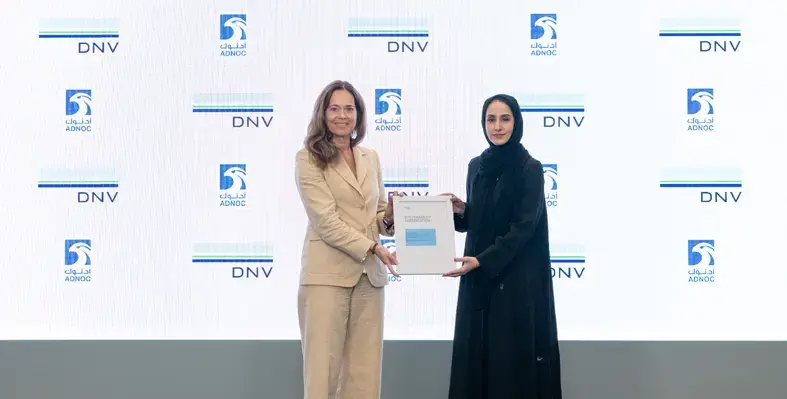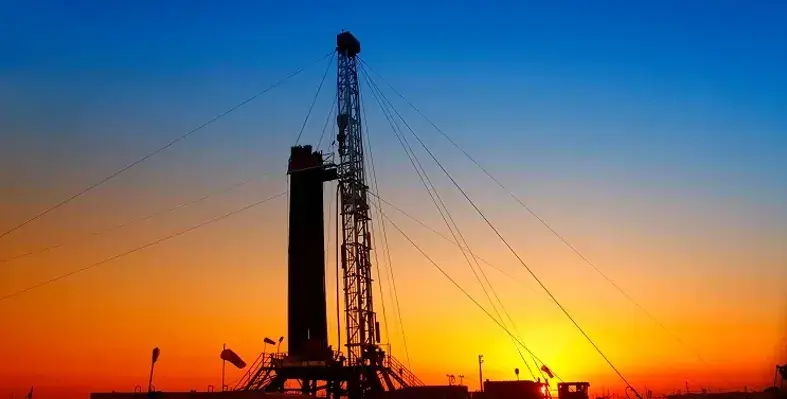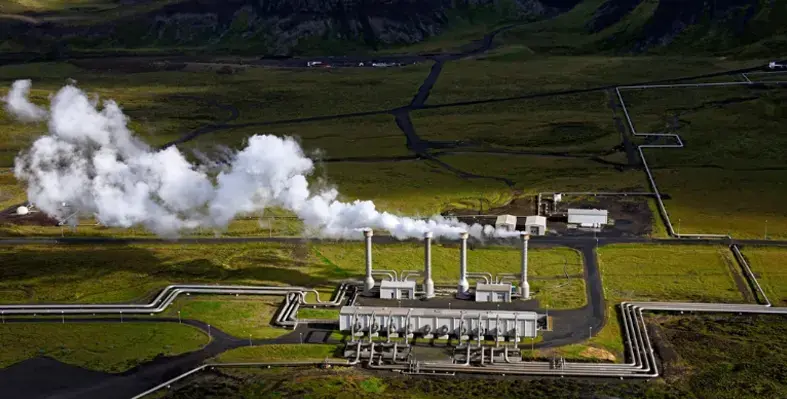
Nicholas Villemain, global capital projects manager, Fluid Connectors Group, Parker Hannifin. (Image source: Parker Hannifin)
The bustling ADIPEC exhibition in the UAE was the perfect backdrop for Nicolas Villemain, global capital projects manager, Fluid Connectors Group, Parker Hannifin to share the company's ambitious plans for the Middle East market. As a global leader in motion and control technologies, Parker is positioning itself at the forefront of the region's energy transition.
"ADIPEC is a really important show for us," Villemain explained. "It's a great place to meet our current distributors and look for new opportunities to grow. We still have room to find new channels and partners to expand our reach." And with the Middle East's booming market, there is no shortage of potential.
A key area of focus for Parker is supporting the region's shift towards cleaner energy sources. "We are focused on helping our current oil and gas companies grow, do more carbon capture, and study hydrogen," said Villeman. The company's extensive, almost US$20bn portfolio of products, puts them in a unique position to tackle these challenges.
Middle East growth
Villemain highlighted Parker's expertise in developing solutions for harsher environments and higher pressures - critical considerations as the industry navigates new frontiers. "We have developed an expertise on high pressure and corrosion-resistant alloys. There's also work we can do with our customers to make systems safer and reduce emissions, we have great solutions for that."
To deliver these innovations, Parker relies on its strong global network and local partnerships. "We come with expertise from around the world, and we like to work closely with end users and EPCs to provide technical expertise and share our experience," Villemain explained. "Companies like ADNOC and ARAMCO benefit from our knowledge and added value solutions to achieve their goals."
Parker is keen to emphasise its strategy for fostering innovation within the company. "This is really at the heart of our strategy," Villemain responded. "We're showcasing solutions like valves, fittings and hoses that can handle hydrogen, high pressures and harsh medias, as well as filtration systems for electrolyzers. It's amazing to see the progress we've made in just the last 20 years."
The Middle East's growth prospects have Parker equally enthused. "Saudi Arabia is a major key market for us globally," Villemain stated. "And in the UAE, the transformation over the past 25 years has been incredible. There are still so many exciting projects, like the Helium gas hub, that we're eager to be a part of."
To capitalise on these opportunities, Parker has made the strategic decision to exhibit directly at ADIPEC, rather than relying solely on local partners. "We realised this is the biggest show in the world for oil and gas, where people speak about the energy transition journey," he explained. "It's where we invest, with many applications in our clean tech segment, including hydrogen, carbon capture, and digitalisation."
This direct presence also allows Parker to strengthen its regional distribution network. "We continue to expand our partnerships in the UAE, Oman, Qatar, and Saudi Arabia," he added. "It's important for us to get questions from people all over the world, and be identified as a global player in this industry."
As the Middle East accelerates its shift towards a more sustainable energy future, Parker is poised to play a pivotal role. With its innovative technologies, global expertise, and local partnerships, the company is well-equipped to power the region's transition.













